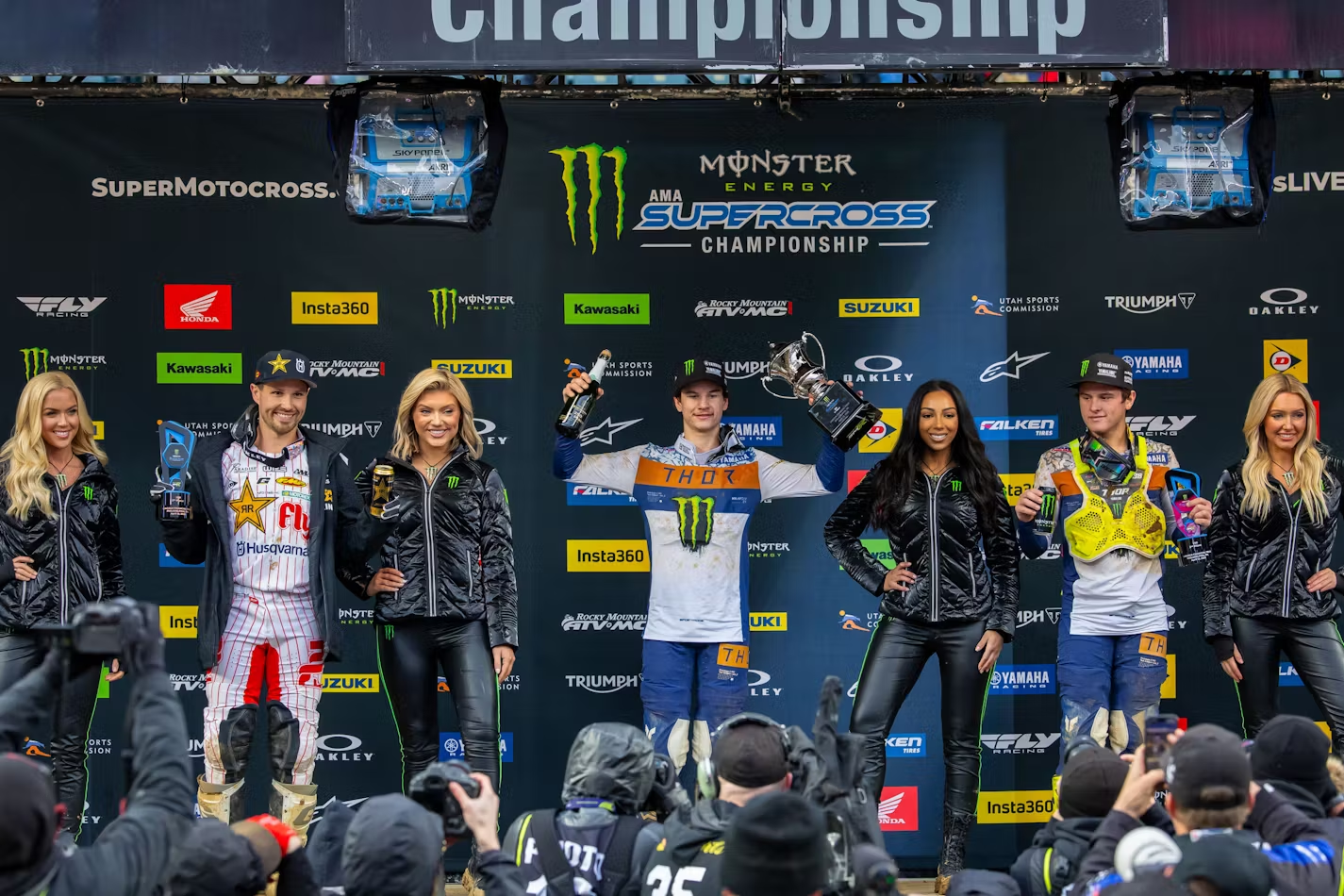There has been a lot of commentary following the sad passing of Kiwi motorsport legend Graham McRae. Many have spoken of his contribution to motorsport and the betterment of race car technology, construction techniques, and his pioneering leadership to improve our lives.
Motorsport pushes the boundaries of automotive technologies and more often than not is directly responsible for the advancement of safety, performance, efficiency, and reliability of the cars we drive daily, so for another Kiwi to have been a major influence in this way should make us all very proud.
When you think of world-famous race car builders and other such pioneers, the big names such as Bruce McLaren, Frank Williams, Lola, Howden Ganley, Lotus, Brabham, Elfin, Tiga, Cheetah spring to mind. However, in little old New Zealand, the race car engineering and construction community continue to mourn the loss of pioneer Graham McRae.
Born in Wellington during World War 2, Graham attained an engineering degree at 21 in 1962. Before graduating, he had already designed and built his own car, the McRae 220S, a sports car that looked similar to a Ferrari Testarossa or Jaguar D-type. Around the same time, Graham began racing and taking part in hill climbs.
Graham spent time in the late ’60s honing his driving skills in New Zealand competing against our very own David Oxton, Denny Hulme, Kenny Smith, Chris Amon, and Bert Hawthorne in an old and dated Brabham chassis.
At one event at the old Levin circuit, Graham found himself 160hp down on power but qualified only 1.8 seconds slower than visiting German, Jochen Rindt’s Lotus! He also almost equaled the time of Graham Hill, also driving a Lotus 49. This feat secured McRae the NZ Driver to Europe F2 scholarship in 1969, driving a Brabham BT23 for Frank Williams’ team alongside Piers Courage, Jacky Ickx, Malcolm Guthrie, and Alistair Walker. His best result was 4th at Zolder.

Perhaps the most well-known car Graham built was the McRae GM1. It was a collaboration between Formula 1 designer Len Terry, Malcolm Bridgland, and McRae who was fresh from driving the McLaren M10B. In total, 14 McRae GM1 race cars were built between 1972 and 1973, achieving significant success in the hands of McRae himself.

In 1973 he had his only Formula 1 championship start with Williams in the British Grand Prix at Silverstone. McRae also claimed Rookie of the Year at the Indianapolis 500 in an Offenhauser-powered Eagle.

Graham earned the nickname “Cassius” due to him being frank and self-confident like Cassius Clay. Known for speaking his mind, McRae did not always endear his fellow racers, such as South African opponent, Jody Scheckter.
“I have never spoken to Scheckter in my life and I feel that’s the best way if you’re not going to get along with a guy,” McRae said. “But then young Jody wasn’t quite an easy guy at the beginning of his career…”.
After many more wins, the development of the GM2 and subsequently the GM3 (1976), it was 1978 where Graham won the F5000 Gold Star Australian championship with the GM3 to complete unfinished business. McRae went on to win the Australian GP for the fourth time (1972, 1973, 1976, 1978), equalling Lex Davison’s (grandfather of V8 Supercar drivers Will and Alex Davison) record.

In the last few years, Graham built beautiful Porsche 550 replicas under the name of “McRae Spyder”. For a modest sum, you can buy a sports car built by a driver who has written many pages of motorsport history.
Only a few drivers can boast running with and beating the world’s best. The names of local and foreign drivers carved into history are now joined by Graham McRae. A visionary designer and builder who was renowned for “driving the pants off” anything he could….. and he did.
“Life is a Highway” and Graham McRae spent his in the fast lane doing what he loved most. Thank you, Graham, Rest In Peace, the motorsport world is a better place for your contribution.

















